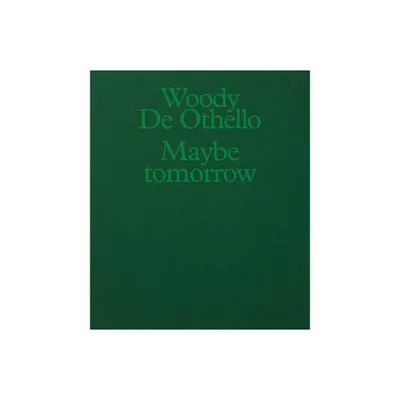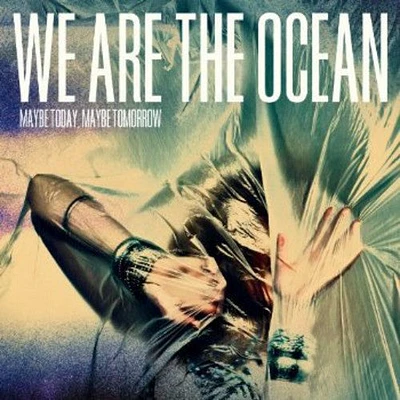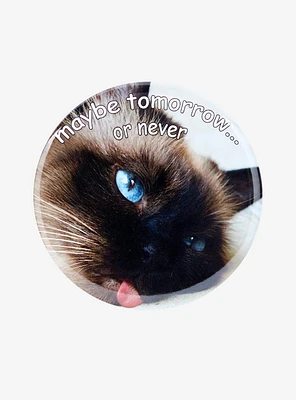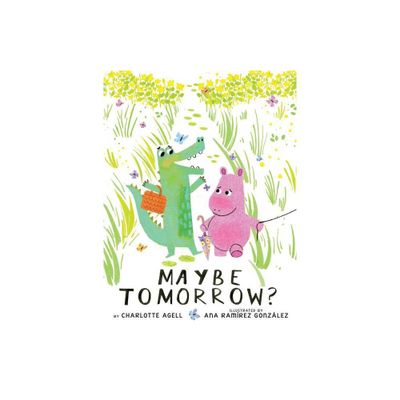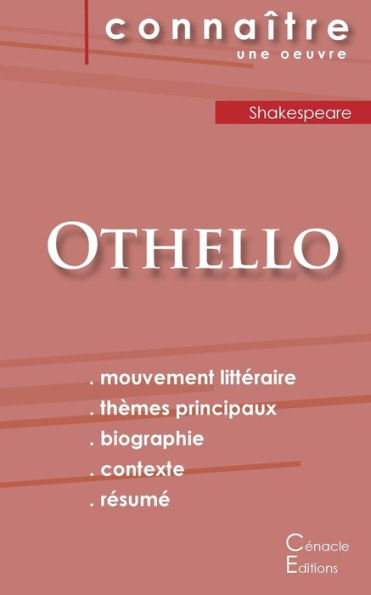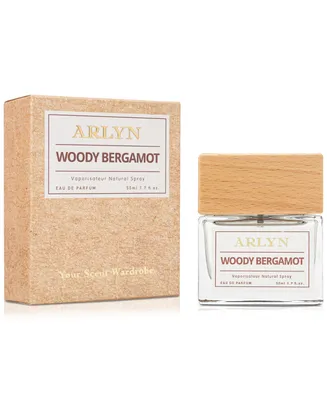Home
Woody De Othello: Maybe Tomorrow
Loading Inventory...
Barnes and Noble
Woody De Othello: Maybe Tomorrow
Current price: $40.00
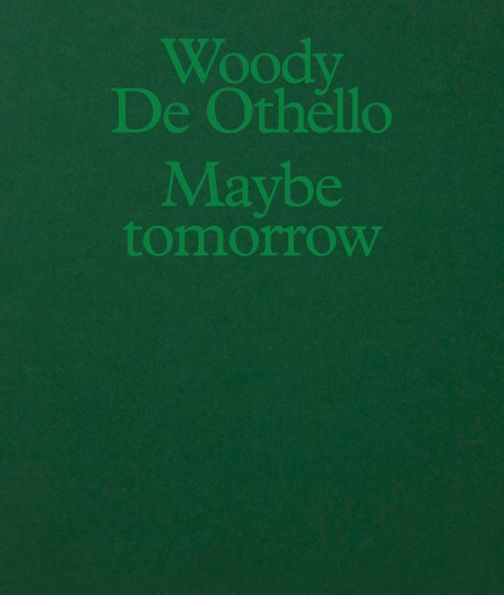

Barnes and Noble
Woody De Othello: Maybe Tomorrow
Current price: $40.00
Loading Inventory...
Size: OS
*Product Information may vary - to confirm product availability, pricing, and additional information please contact Barnes and Noble
A haptic, funky body of ceramic works from the artist shaping the future of ceramics
The San Francisco-based artist Woody De Othello (born 1991) finds inspiration for his paintings and ceramics by adapting a position of porousness to the things around him. Through his adroit interventions, everyday artifacts of the domestic--tables, chairs, television remotes, telephone receivers, lamps and air purifiers--are anthropomorphized in glazed ceramic, bronze, wood and glass. The result is often tubular, drooping and coated in vibrant reds, purples and magnetic blacks, imbued with the subterranean futurity of jazz.
Fittingly, this catalog, published following the eponymous solo exhibition in New York, is titled after jazz musician Grant Green's 1971 tune. The new body of ceramic works in
Maybe Tomorrow
brim with spiritual charge; the domestic objects are treated as repositories of psychic significance. The catalog explores this thematic wellspring, along with other topics, in an essay by Jason R. Young, as well as in two conversations with the artist.
The San Francisco-based artist Woody De Othello (born 1991) finds inspiration for his paintings and ceramics by adapting a position of porousness to the things around him. Through his adroit interventions, everyday artifacts of the domestic--tables, chairs, television remotes, telephone receivers, lamps and air purifiers--are anthropomorphized in glazed ceramic, bronze, wood and glass. The result is often tubular, drooping and coated in vibrant reds, purples and magnetic blacks, imbued with the subterranean futurity of jazz.
Fittingly, this catalog, published following the eponymous solo exhibition in New York, is titled after jazz musician Grant Green's 1971 tune. The new body of ceramic works in
Maybe Tomorrow
brim with spiritual charge; the domestic objects are treated as repositories of psychic significance. The catalog explores this thematic wellspring, along with other topics, in an essay by Jason R. Young, as well as in two conversations with the artist.
